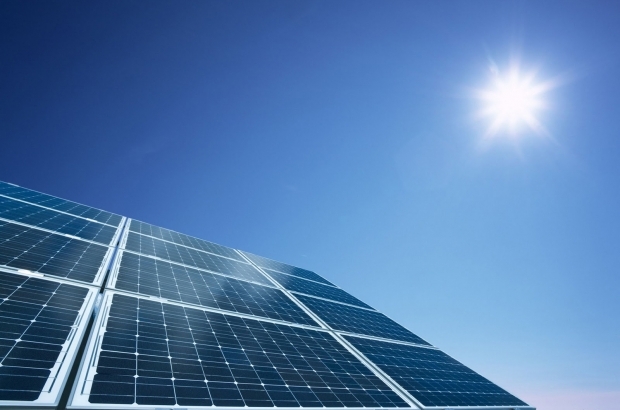- Daily & Weekly newsletters
- Buy & download The Bulletin
- Comment on our articles
July was record-breaking month for solar power
July was a record-breaking month for solar power in Belgium, with 15% of energy generated from the sun, reports RTBF.
Solar energy generated 935 Gwh, or 15% of the total energy supply. The previous records date from May 2022 (888 Gwh) and May 2020 (683 Gwh).
“This is a new record. It's unheard of,” said Filip Carton of service provider Elia.
“It looks like 2022 will be an excellent year for solar-generated electricity, thanks to the weather and the increase in installed capacity, which has risen by 20% in one year.”
The hot summer months have seen solar panel energy surpass that of wind turbines, which due to the lack of wind, produced less energy.
Offshore wind and onshore wind provided 4% and 3% respectively of Belgium's electricity supply in July 2022 ; 53% of the electricity consumed in July came from nuclear reactors, according to Elia's estimates.
Last February saw the opposite trend in renewables: little sun, lots of wind. Renewable energy, largely from wind turbines, accounted for 25% of the energy used in Belgium that month.
Wind turbines represent about 20% of the installed production capacity in Belgium, with that share set to rise to 30% by 2030.
Carton says this rising share of renewable energy is part of an ongoing trend: “Last year, we had more or less 18% of the energy mix produced by renewable energies.”
Solar in summer, wind in winter
Solar power, or photovoltaic electricity, has performed much better in 2022 than in 2021, whose particularly rainy summer resulted in less sunshine.
The sunny weather that Belgium has been experiencing since the beginning of this year’s summer explains the significant increase in photovoltaic electricity production.
While the average amount of sunshine for Belgium in July is 199 hours and 16 minutes, the sun shone for 276 hours and 34 minutes last month.
In addition to this increase in sunshine duration, the number of photovoltaic panels installed in Belgium is also constantly increasing. According to Elia, the installed capacity of solar panels is 20% higher than in 2021.
All this means that the share of electricity produced by photovoltaics in Belgium will continue to increase, especially during the summer months.
“For the future, it’s certainly worth investing more in solar panels,” said Carton. “But we also have to take into account that in winter there is less sun, and we should have more wind turbines to balance the seasons.”
Changing weather patterns
Another factor to take into account when making plans to scale up renewable energy production isa change in weather patterns, notably a risk of a reduction in wind in Belgium.
“For the past 20 years or so, we have been observing a reduction in wind, with high pressure systems being more present than before,” said Xavier Fettweis, climatologist at the University of Liège.
“This change clearly has an impact on renewable energies in particular.”
The temperature gap between the poles and the equator is narrowing as a result of climate change, leading to a downward effect on wind production that could be cause for concern.
“It's very worrying because we based a lot of the energy transition on the development of wind power,” said Damien Ernst, an energy specialist at the University of Liege.
“We wanted to get out of fossil fuels and nuclear power and replace them with photovoltaic panels and wind power. Now we realise that with climate change, wind turbines are producing less and less electricity.”
But wind energy producers remain confident, pointing out that there isn’t enough historical data to support evidence of a downward trend and that continuing developments in technology hold the promise of helping us adapt to changes in climate.
“We are installing much larger wind turbines that are much more productive,” explained Fawaz Al Bitar, director general of Edora, the Belgian federation of renewable energies.
“If you go from a 150-metre wind turbine to a 180-metre wind turbine, you increase the yield by 30%. If we go beyond 200 metres, we increase the yield by 50%.”

















